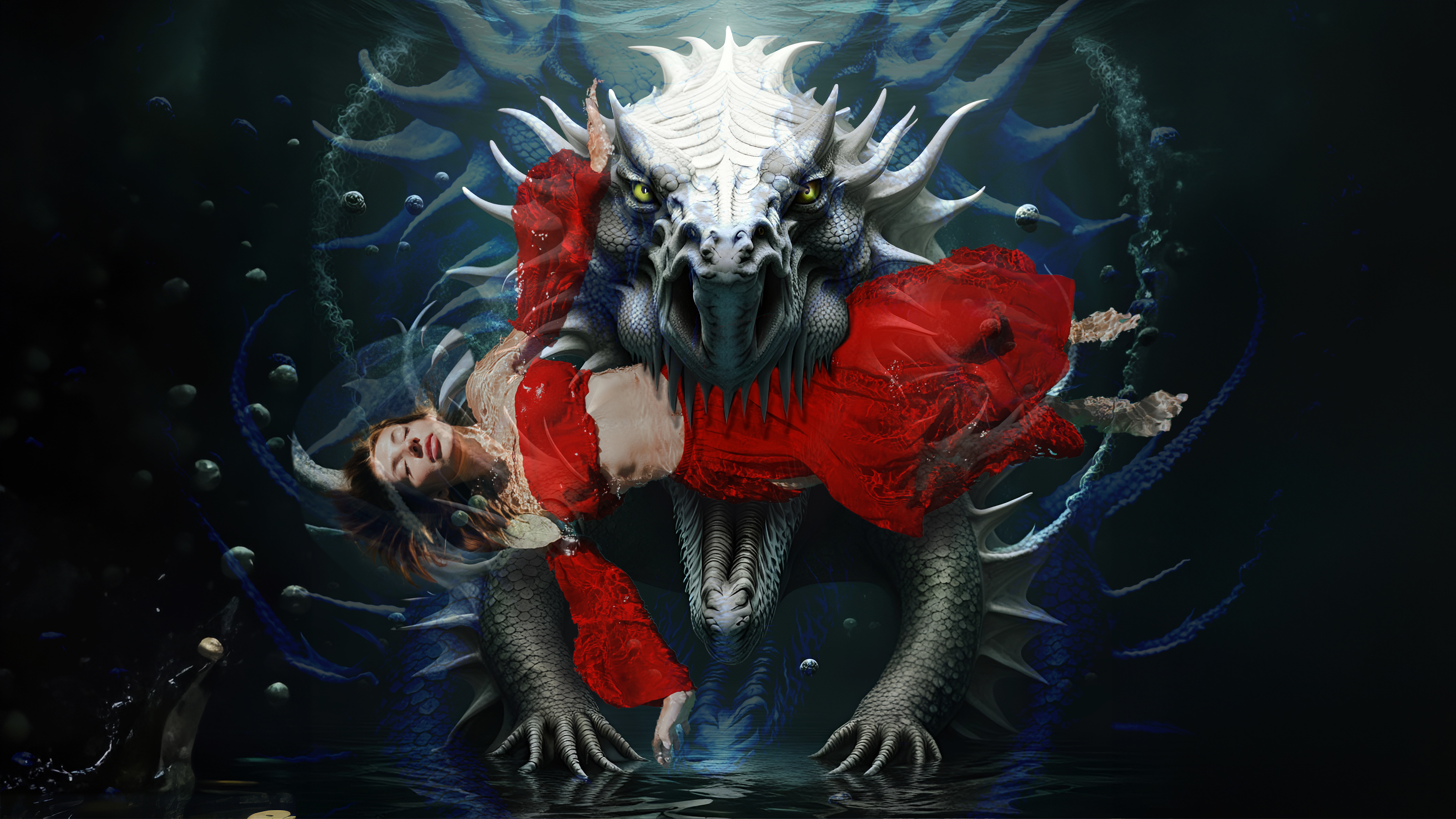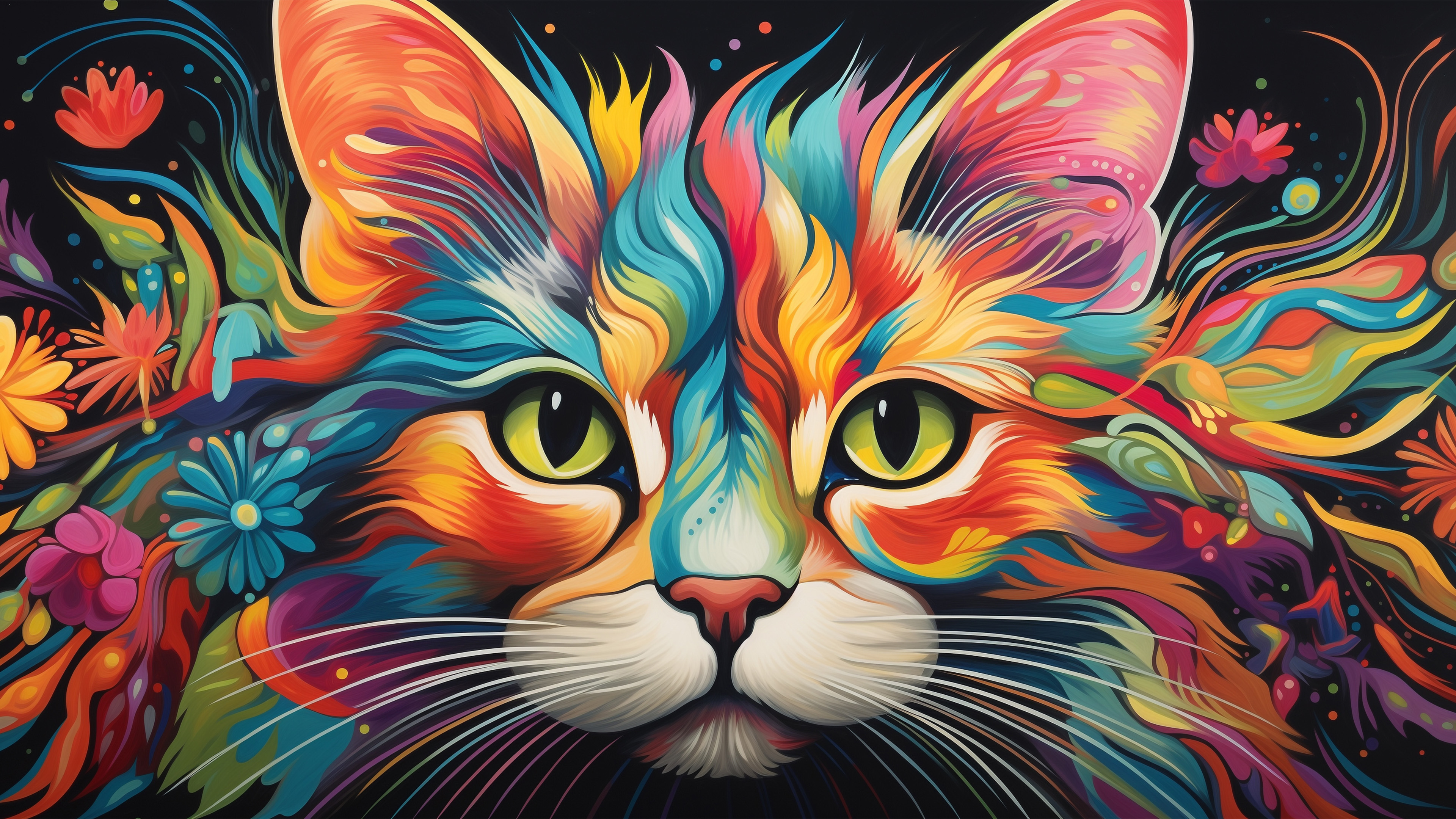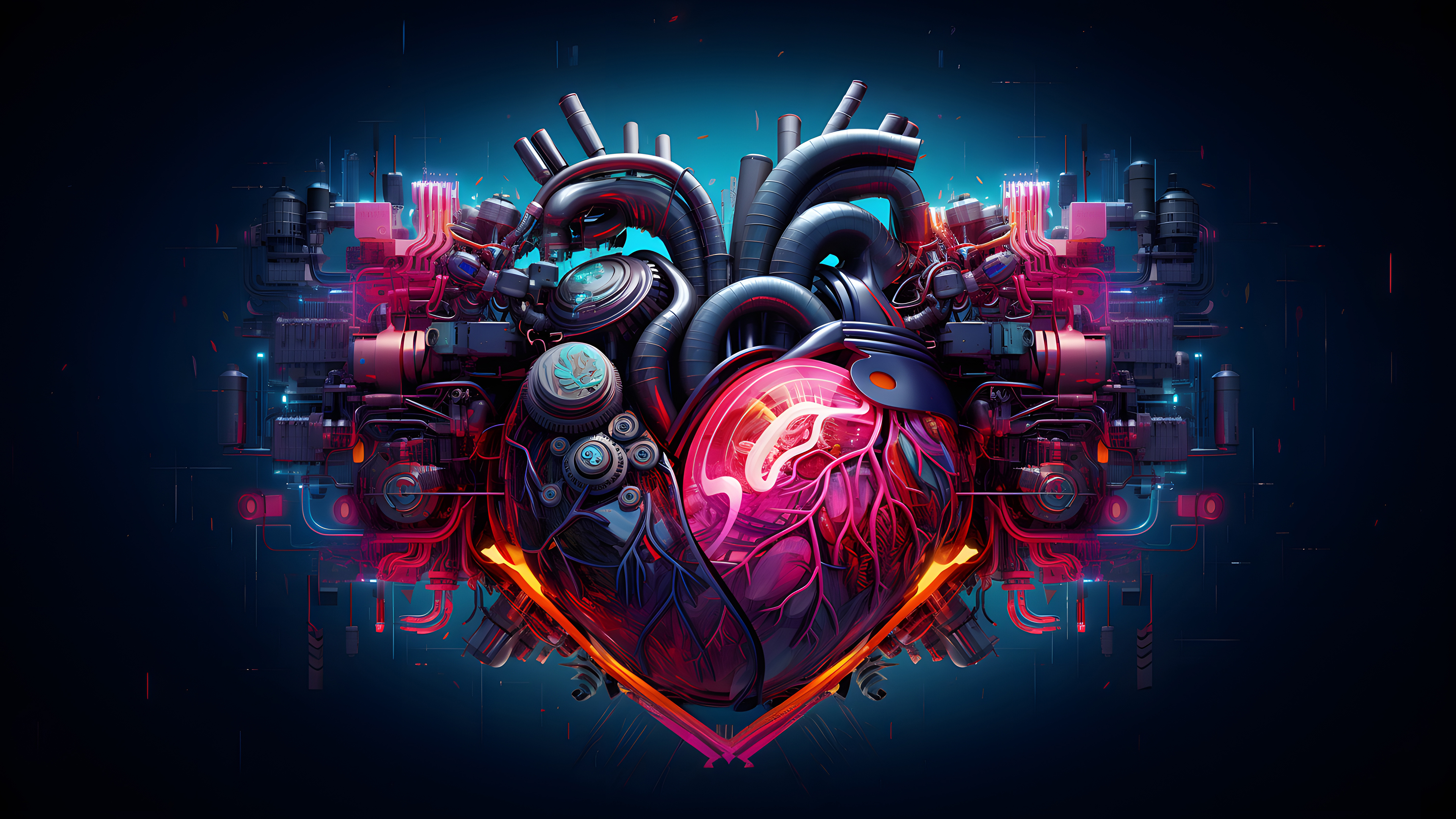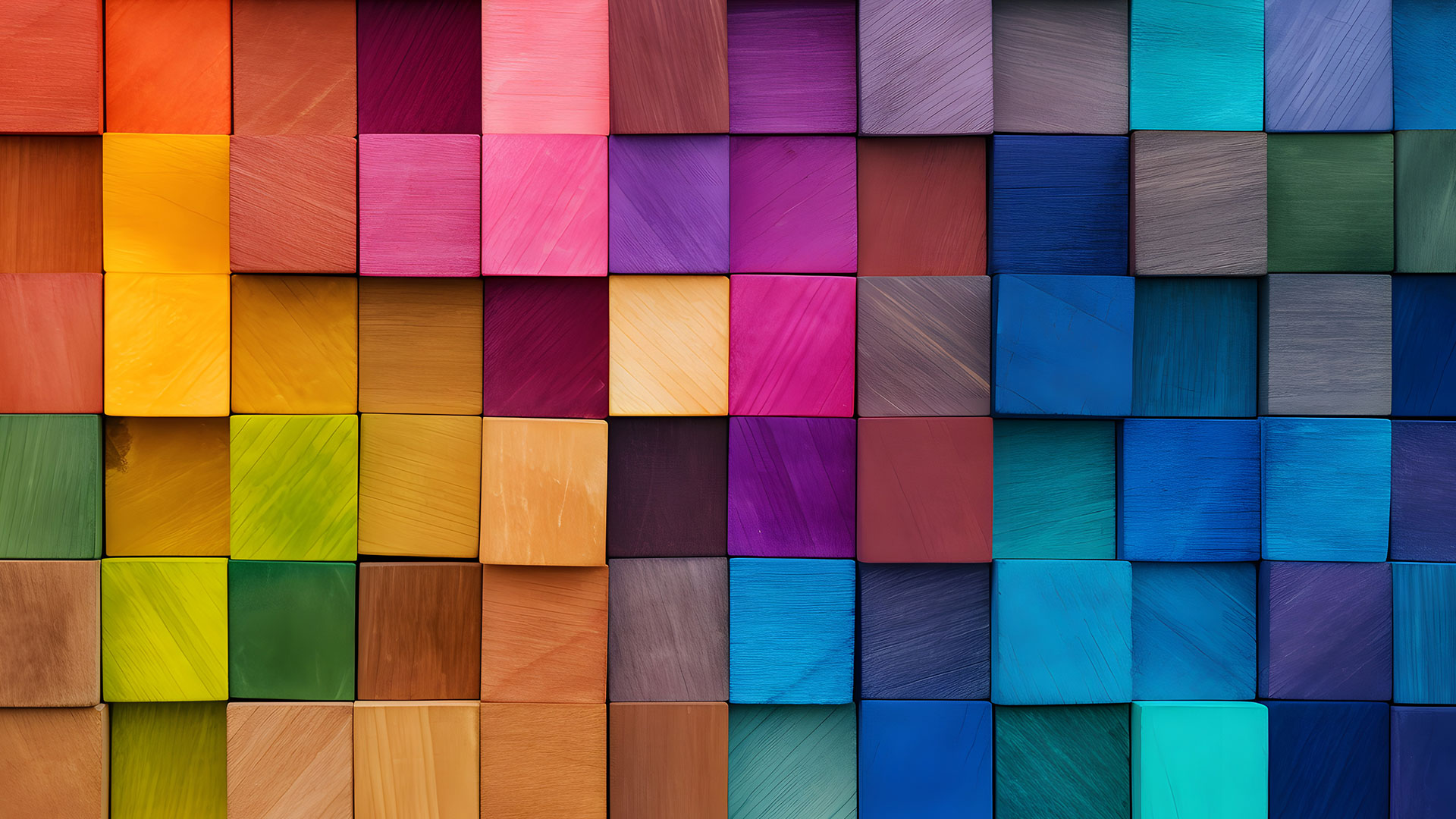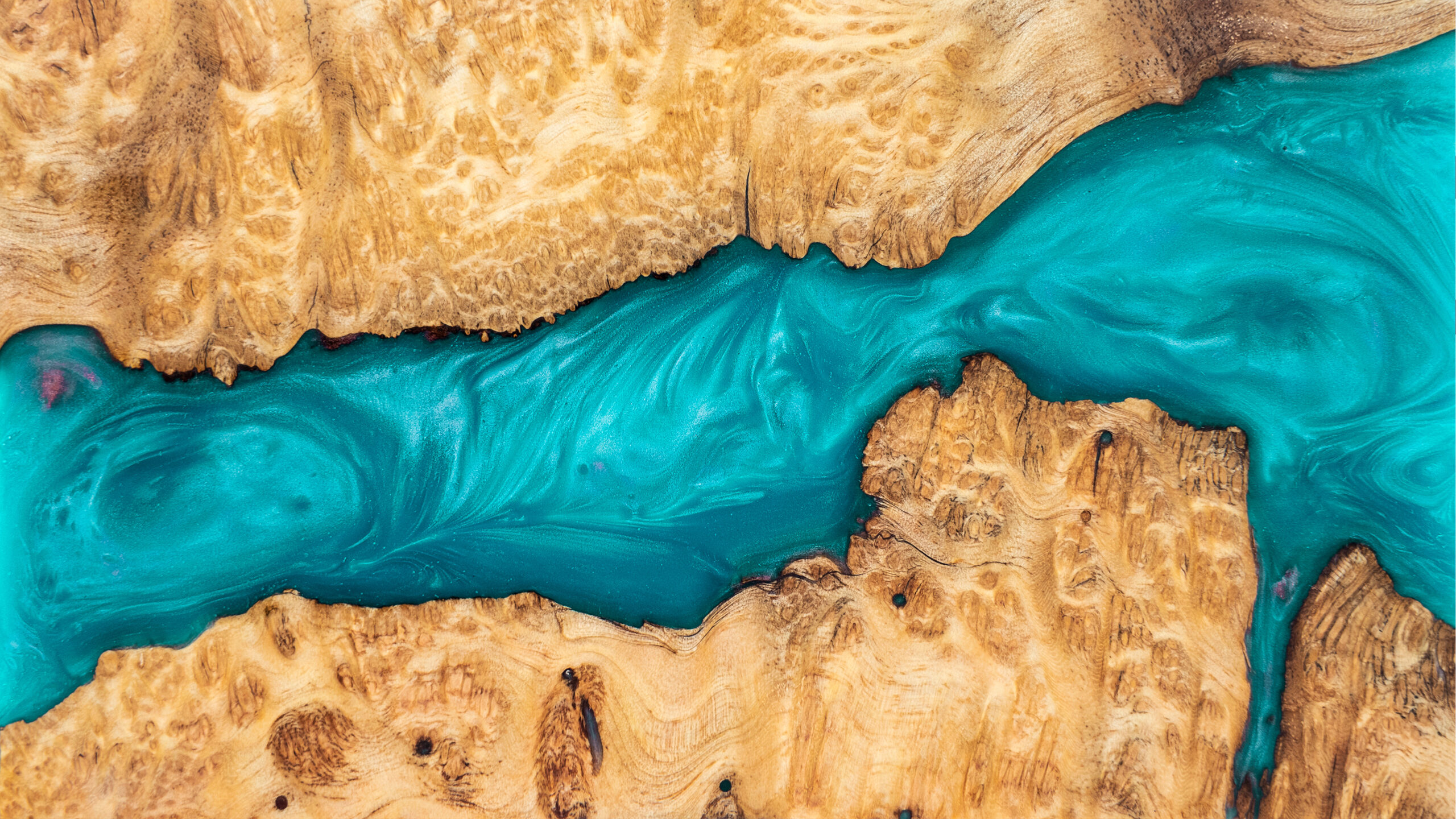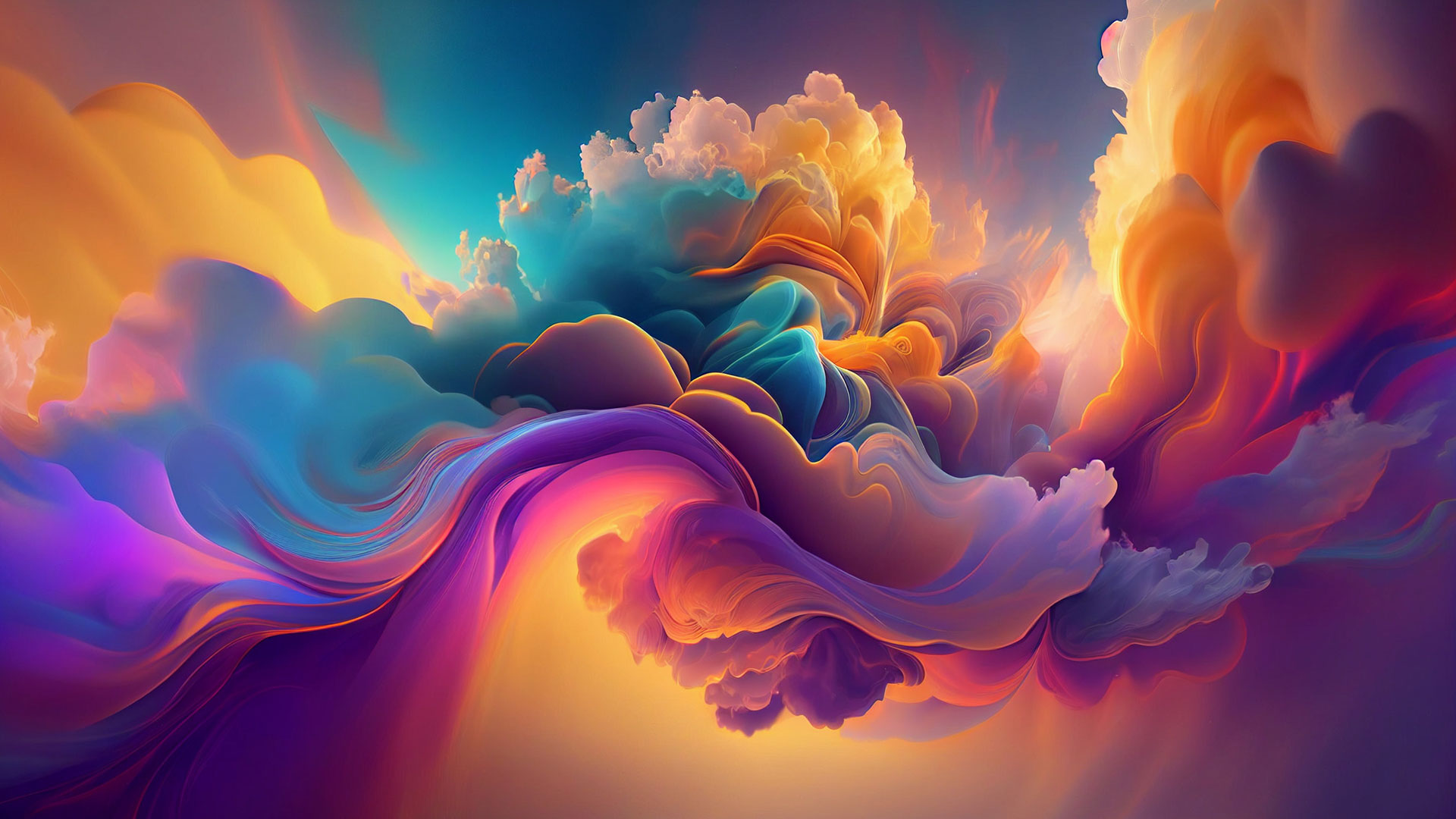The Rise of AI-Generated Images and Artworks: A Glimpse into the Future
In recent years, the art world has witnessed a seismic shift with the advent of artificial intelligence (AI)-generated images and artworks, captivating audiences and sparking debates on creativity, originality, and the role of technology in art. The proliferation of AI in the realm of art is not just a trend but a glimpse into a future where technology and human creativity intertwine in unprecedented ways.
The Surge in Popularity
AI-generated art has surged in popularity, with platforms like DALL-E, Artbreeder, and DeepArt gaining millions of users eager to explore the intersection of technology and creativity. These platforms leverage advanced algorithms to produce images that range from surreal landscapes to portraits with a level of detail and creativity previously thought exclusive to human artists.
Statistics from a 2023 report highlight this burgeoning interest: over 60% of digital artists have experimented with AI-based tools in their creative process, a testament to the growing acceptance of AI in the art community. Additionally, social media platforms have seen a 300% increase in shares and posts related to AI-generated artworks over the past year, underscoring the public’s fascination with this new form of expression.
The Impact on the Art Market
The art market, too, has felt the impact of AI. In 2021, an AI-generated artwork sold at auction for an astonishing $432,500, far surpassing its estimated price of $7,000-$10,000. This sale not only marked a milestone in the valuation of AI art but also sparked discussions on the authenticity and value of artworks created with the assistance of artificial intelligence.
Furthermore, online art platforms have reported a significant uptick in the sale of AI-generated pieces. Data indicates a 150% increase in sales of such artworks in the past two years alone, suggesting a growing market and appetite for AI-driven creations.
The Future of AI in Art
As AI technology continues to evolve, so too does its potential to transform the art world. Predictions for the future include more collaborative efforts between humans and AI, where artists use AI as a tool to push the boundaries of creativity and explore new artistic frontiers.
The integration of AI in art education is also on the horizon, with several institutions considering courses that combine traditional art techniques with AI technology, preparing the next generation of artists for a future where technology plays a central role in the creative process.
Conclusion
The popularity of AI-generated images and artworks is more than a passing trend; it’s a sign of a future where art and technology merge to create new forms of expression. While debates about the implications for creativity and authorship continue, one thing is clear: AI is reshaping the art world in ways we are just beginning to understand. As we move forward, the exploration of this synergy between human creativity and artificial intelligence promises to open up new avenues for artistic expression, challenging our perceptions of art and its creation.

